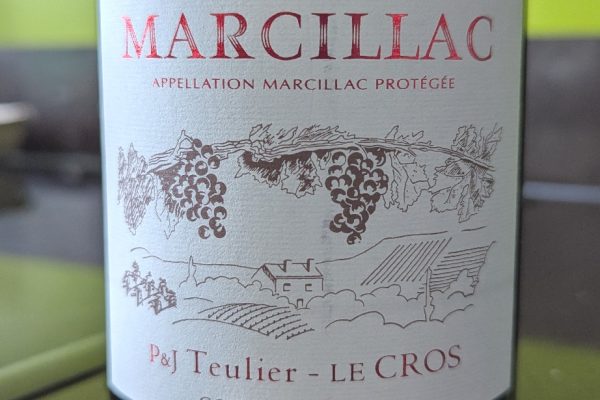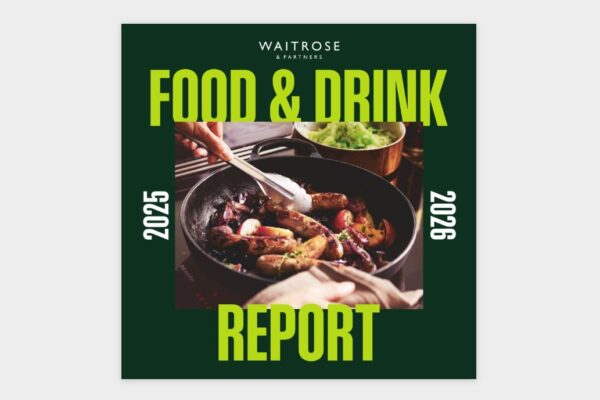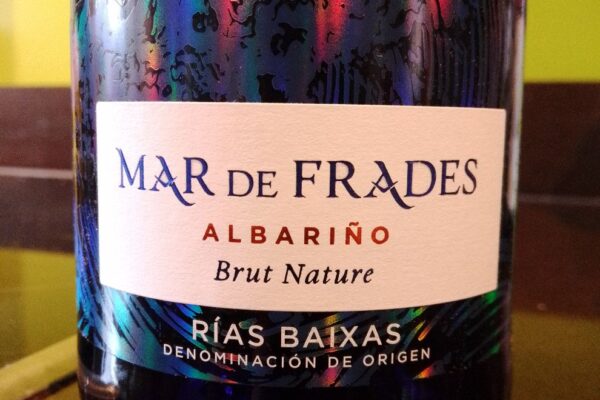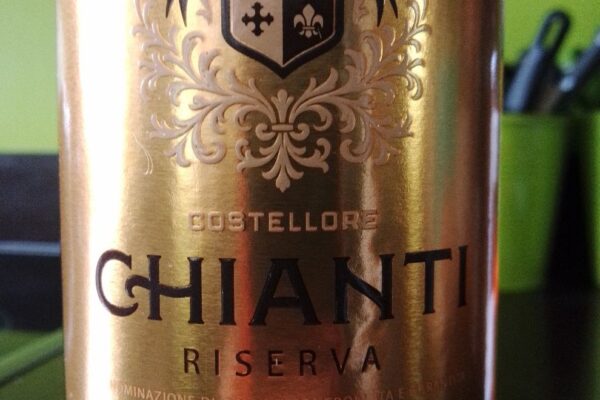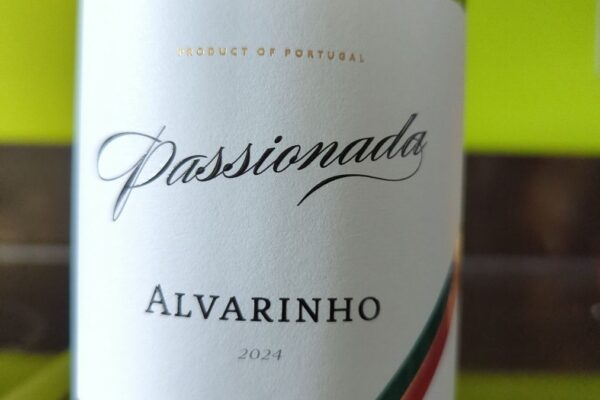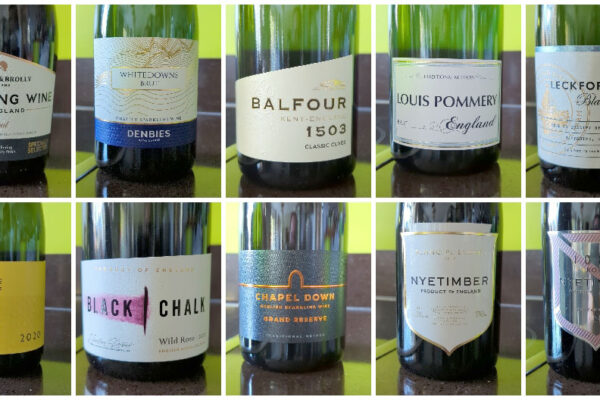
A new study looks into the belief that light to moderate drinking, particularly of wine, offers health benefits for older adults. The research, involving over 135,000 participants aged 60 and above from the UK, reveals that alcohol’s impact varies based on an individual’s existing health conditions and socioeconomic status. For those with pre-existing health issues or lower socioeconomic status, even minimal drinking increases the risk of death, especially from cancer. However, healthy older adults without such risks did not show an increased mortality rate from moderate drinking.
The study highlights that drinking wine, especially with meals, is associated with the lowest health risks. This may be due to healthier lifestyles and slower alcohol absorption when drinking with food. While the research supports the idea that wine with meals is the safest form of alcohol consumption. The study’s results are limited by its observational nature and focus on a largely white UK population, but it provides important insights into how alcohol affects older adults differently depending on their health and socioeconomic backgrounds.




